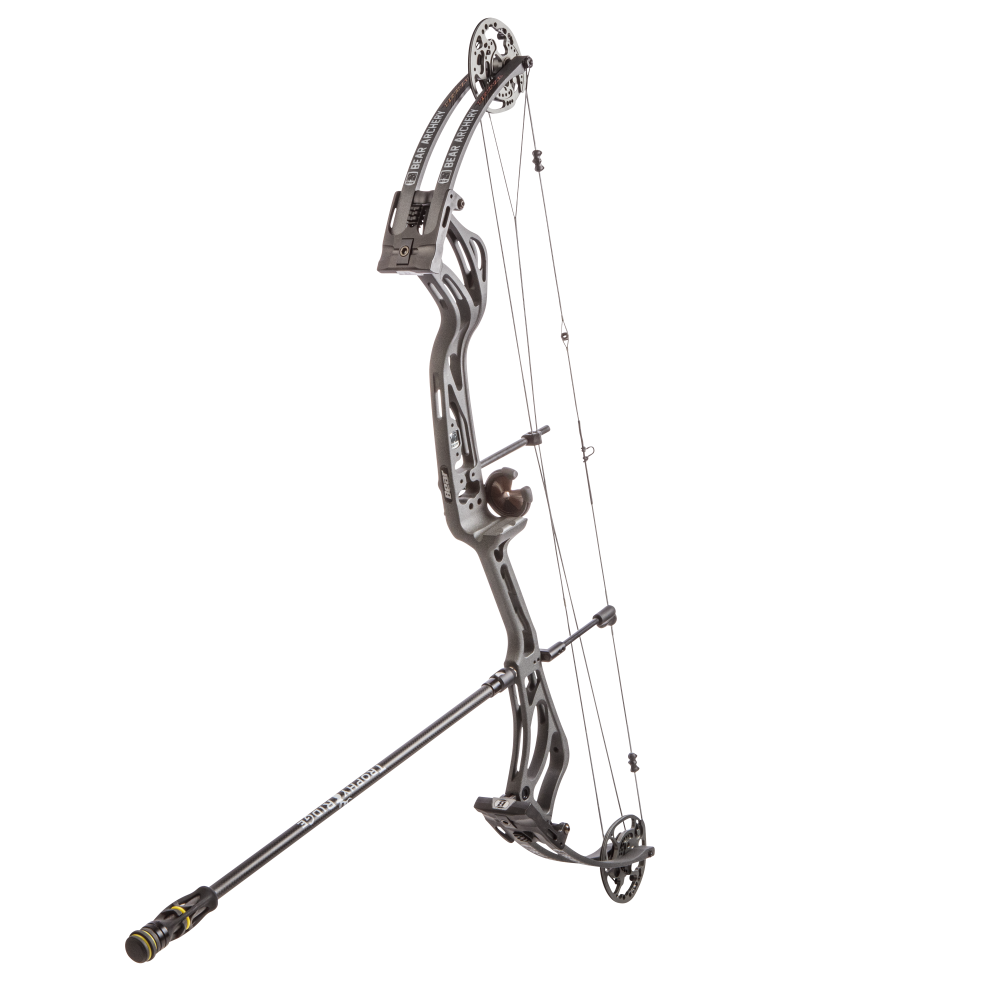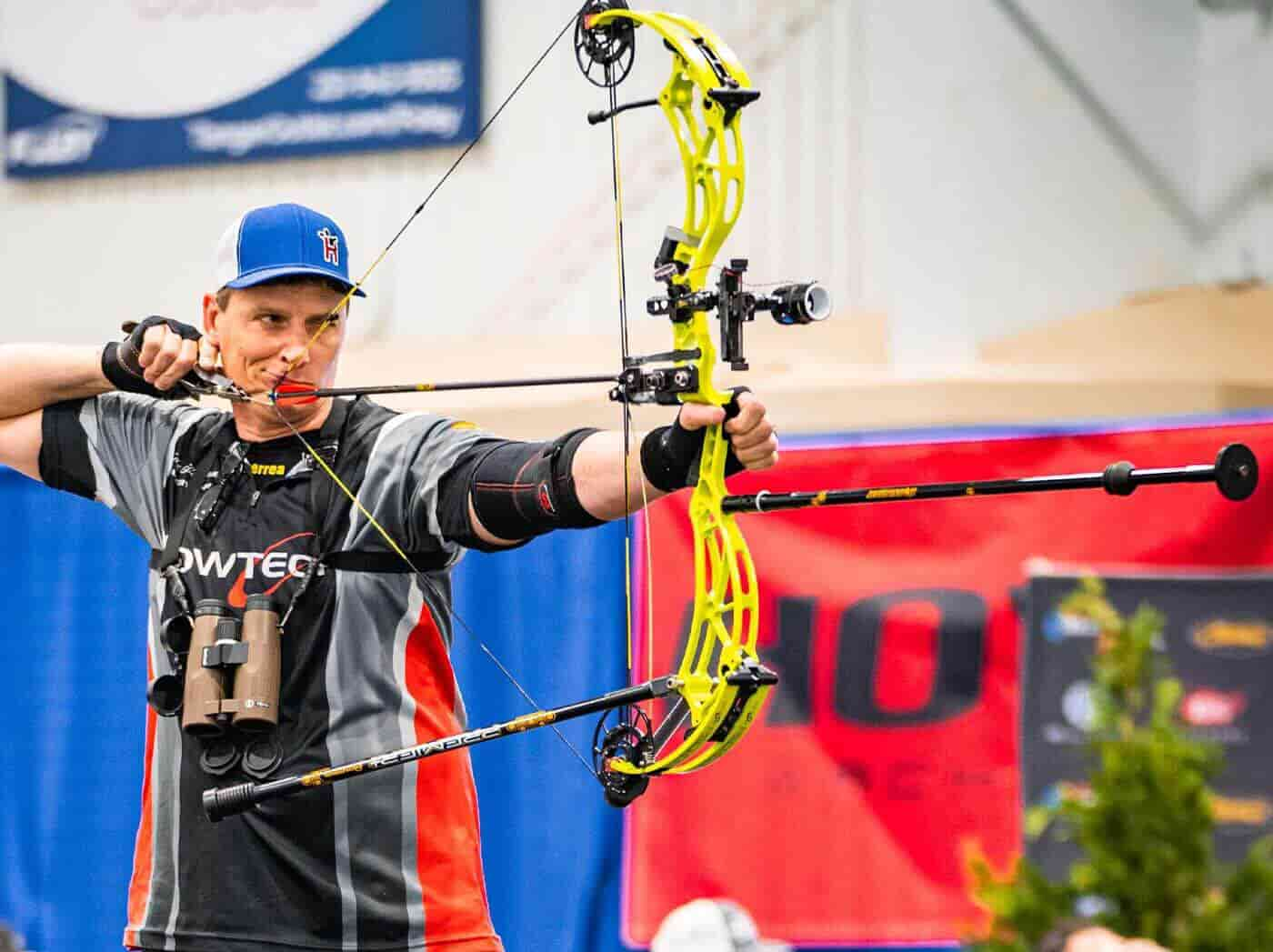Optimizing Your Archery Performance With the Right Compound Bow Stabilizer: an Extensive Summary
One often-overlooked yet crucial part in improving accuracy is the substance bow stabilizer. By comprehending the subtleties of picking and maximizing a substance bow stabilizer, archers can fine-tune their devices to elevate their capturing experience to new levels of efficiency and control.
Importance of Bow Stabilizers in Archery

In addition, bow stabilizers aid in balancing the weight circulation of the bow, which can boost the archer's stability while firing and intending. By adding weight to the front of the bow, stabilizers can minimize the quantity of torque experienced upon launch, causing a smoother and much more regulated shot - compound bow stabilizer. This weight distribution likewise aids in holding the bow steady for a longer period, permitting the archer to aim much more precisely
Sorts Of Substance Bow Stabilizers
When considering the numerous kinds of substance bow stabilizers available, it is crucial to understand their unique attributes and functions to establish the most suitable choice for making the most of archery performance. One of the most usual types of compound bow stabilizers include sidebar stabilizers, front stabilizers, and back stabilizers. Sidebar stabilizers connect to the sides of the riser and aid in stabilizing the bow throughout the aiming process. Front stabilizers, also recognized as long rods, are affixed to the front of the riser and aid in absorbing and decreasing any type of resonances brought on by the launch of the arrowhead, thus improving precision. Back stabilizers, likewise called back stabilizers, are installed to the rear of the bow and aid in counterbalancing the weight of other devices, causing enhanced security and steady intending. In addition, some stabilizers feature flexible weights that permit archers to tweak the equilibrium and feeling of their bows according to their preferences, making them versatile choices for archery enthusiasts of all degrees.
Aspects to Take Into Consideration When Selecting
In evaluating compound bow stabilizers, understanding the distinct functions and features of each type is important for making an informed decision on the most suitable choice to enhance archery efficiency. When selecting a stabilizer, one must consider the weight of the stabilizer itself. By meticulously evaluating these factors, archers can select a compound bow stabilizer that straightens with their shooting design and optimizes their general efficiency on the archery variety.
Setup and Adjustment Tips
For optimal efficiency and accuracy in archery, understanding the installment and modification of your bow stabilizer is vital. Appropriate installment starts with connecting the stabilizer to the bow's riser, ensuring it is firmly safeguarded. A lot of stabilizers come with installing hardware for easy installation, yet it's vital to adhere to the maker's guidelines for the specific version you have. When attached, readjusting the stabilizer includes finding the appropriate balance in between weight distribution and length. Trying out different mixes up until you accomplish the desired feeling and stability.
When readjusting the stabilizer, start with tiny incremental adjustments instead than extreme changes. This enables you to analyze the impact of each adjustment accurately. Take notice of how the bow responds to changes in stabilizer setups and make adjustments as necessary. Keep in mind that the goal is to locate a setup that reduces hand torque, lowers vibration, and boosts accuracy. Regularly check the stabilizer's rigidity and overall condition to guarantee it proceeds to function efficiently. By mastering the installation and modification procedure, you can optimize your archery efficiency and elevate your shooting experience.
Maintenance and Treatment Standards

It is likewise important to save your bow web with the stabilizer in a safe and risk-free area when not in usage. Avoid leaving it in severe temperatures or exposed to direct sunshine for extensive periods, as this might trigger damage to the stabilizer. Occasionally inspect the stabilizer's alignment to ensure it is still correctly placed on your bow. Adhering to these upkeep and treatment guidelines will aid you get the most out of your bow stabilizer pop over to this web-site and enhance your total archery efficiency.
Conclusion
In verdict, selecting the right substance bow stabilizer is important for taking full advantage of archery performance. Recognizing the value, types, aspects to consider, setup and adjustment pointers, in addition to upkeep and care standards can considerably impact one's precision and uniformity in shooting. By choosing a stabilizer that matches private requirements and choices, archers can enhance their general efficiency and achieve far better outcomes on the blog here variety or in competition.
Bow stabilizers play an essential duty in enhancing an archer's precision and uniformity by decreasing resonances and maintaining the bow during the launch of an arrowhead - compound bow stabilizer.Additionally, bow stabilizers assist in stabilizing the weight distribution of the bow, which can improve the archer's security while firing and intending. The most usual types of compound bow stabilizers include sidebar stabilizers, front stabilizers, and back stabilizers. Back stabilizers, also called rear stabilizers, are installed to the back of the bow and assist in reversing the weight of various other devices, resulting in boosted security and constant intending. When selecting a stabilizer, one have to consider the weight of the stabilizer itself